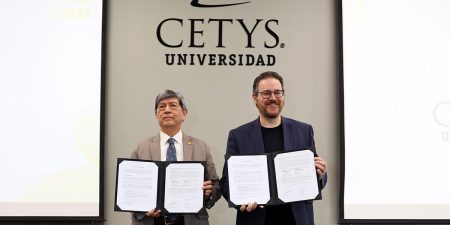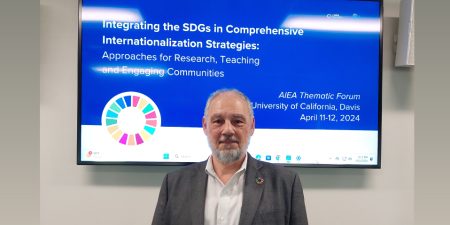By Dr. Patricia Páez Manjarrez*
In recent months, job cuts at tech companies like Amazon, Google, Microsoft, Meta, and Twitter, among others, have been in the public eye. Last November, Twitter announced a layoff that affected 50% of its workforce. A week later, Meta notified the dismissal of 11,000 people. Around the same time, Amazon reported that it would cut around 10,000 positions, adjusting this number to 18,000 in January (a 6% reduction in its workforce).
Effective communication is critical in the planning and implementation of layoffs. In some cases, there has been no official communication of the dismissal, only a memorandum, publications in internal networks, an email, or the person no longer having access to their workspace. Opposite we have the statement of the Microsoft CEO, made through the organization’s blog, in which he does a great job explaining the reasons for the layoffs, like the increase in staff required during the pandemic, common in other tech firms too. However, what stands out is that he said: «the process will be done in the most thoughtful and transparent way possible,» with at least 60 days prior notice.
After reducing their staff, all these companies have the challenge of achieving permanence and motivating employees whose jobs were spared. While some companies have announced that they will offer support for those who lost their jobs, in general, those who stay are the forgotten ones.
Because of this, organizations present psychosocial risks. The most common is «survivor guilt» for those going through staff reduction processes. Faced with the possibility of being laid off, the employee may present irritability, trouble focusing, sleep disturbance, anxiety, and depression, among other effects on mental health. Those who remain react to the loss of their colleagues’ jobs with attitudes and feelings of guilt about the suffering of former coworkers, negative perceptions of the near future, fear, anger, and insecurity.
These feelings may lead to a decline in productivity and innovation, while absenteeism and voluntary resignations could increase. Likewise, trust in management is often affected, and the workforce question whether the crisis could have been avoided or better managed.
To tamper with this risk, management must anticipate these reactions and be sensitive. Maintaining open communication with the staff helps reduce stress levels and increase trust, autonomy at work, and satisfaction and contributes to physical and mental health through strategies that demonstrate commitment, loyalty, and available development opportunities.
What should management do?
-Ensure and maintain trust in management and the organization.
• This is one of the key points for highly effective companies and high-performance work teams. Trust gives employees a sense of motivation to be better in their performance and generates commitment and loyalty.
• Encourage problem-solving among employees and provide opportunities to participate in decision-making to deal with the crisis.
• Generate a psychologically safe environment where the voice of the collaborators is heard, their concerns addressed, and management is listening.
-Establish a respectful and fair process
• “Dignity, respect, and transparency” are the words used by Microsoft CEO Satya Nadella to describe how the downsizing process would look in the coming months. The empathy shown through these concepts helped reduce anxiety and feelings of guilt in those who remain.
-Provide support to remaining employees.
• Support is usually provided to people who are laid off. However, those who remain are also in a vulnerable situation, with an increased workload and a stressful environment.
Faced with a future with increasingly reduced budgets, as we have seen in tech companies, management must be thoughtful so that the necessary downsizing processes are carried out with empathy and focused on improving work teams.
*Expert in Human Resources for private companies, management of educational institutions, and independent consultant. Professor of Organizational Development, Business Administration, and Human Resources Management in undergraduate and graduate programs at CETYS University International Campus in Ensenada.










Leave your comment